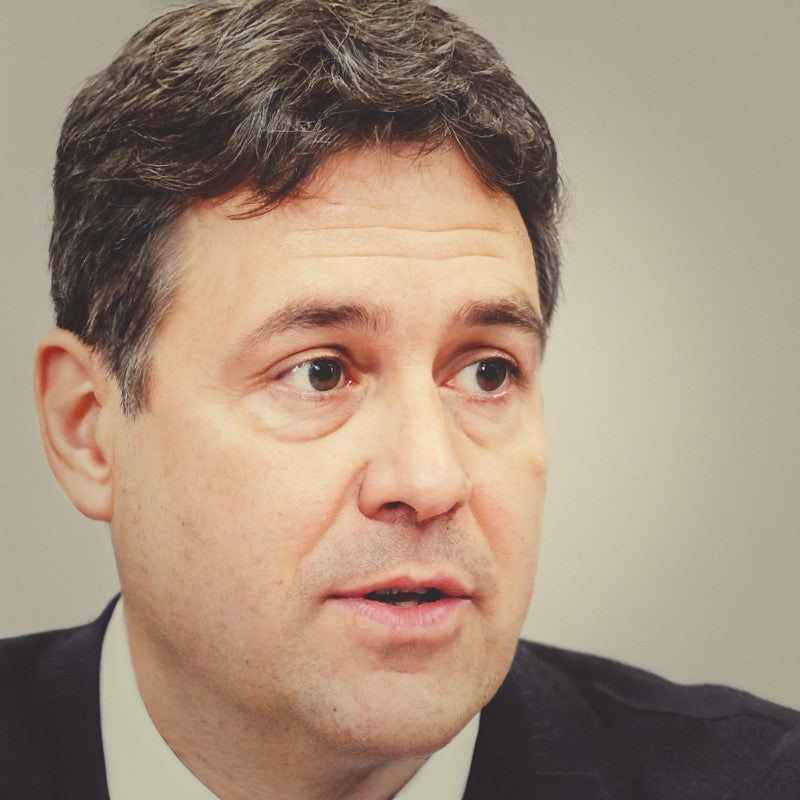Congratulations on reaching the interview stage for a Grade 6 role in the Civil Service! This post is here to help you navigate one of the most important parts of your interview: demonstrating the Leadership behavior.
Whether you're already familiar with Civil Service behaviors or just starting out, understanding what’s expected at this level can give you the edge you need to stand out.
Let's dive into what Leadership means at the Grade 6 level and how to approach these questions with confidence.
What is Leadership at Grade 6?
At Grade 6, Leadership is about more than just managing people or tasks. It’s about inspiring others, setting a strategic direction, and ensuring that your team delivers high-quality results in a challenging environment. You’re expected to act as a role model, influencing those around you and creating a positive working culture.
How does this differ from other levels?
While leadership at lower grades focuses on day-to-day supervision, at Grade 6 you’re expected to lead on a bigger scale. You will be responsible for strategic decision-making, shaping policy, and managing senior relationships. Your ability to see the bigger picture, take ownership, and lead change will be under scrutiny.
How to Answer Leadership Questions: The B-STAR Method
When answering Leadership questions, use the B-STAR method to structure your response clearly and effectively.
💡 B - Belief: Start with your core belief about leadership. What is your philosophy when it comes to leading others? This helps to set the context and shows what drives your decisions.
💡 S - Situation: Briefly describe the situation you were in. The context should be clear and relevant to the question.
💡 T - Task: Explain what the challenge or objective was. What were you expected to achieve, and what responsibilities did you hold?
💡 A - Action: Detail the specific actions you took. This should focus on how you demonstrated leadership qualities. Did you inspire your team? Resolve conflicts? Make tough decisions?
💡 R - Result: Share the outcome. Be specific about the results you achieved, and where possible, link them to broader organizational goals or improvements.
Common Leadership Interview Questions
🟢 Describe a time when you had to lead a team through a challenging period. How did you motivate them?
🟢 Give an example of a situation where you had to make a difficult decision. What was the outcome?
🟢 How have you ensured that your team remains focused on long-term strategic goals while delivering day-to-day work?
🟢 Talk about a time when you led a significant change. What was your approach to ensuring success?
🟢 See more...
What Are Interviewers Looking for?
1. Leadership Philosophy (Belief)
Interviewers want to understand your core beliefs about leadership. They are looking for a leader who values inclusivity, inspires others, and maintains a clear vision. Show that your leadership style aligns with Civil Service values.
2. Strategic Thinking (Situation and Task)
In your examples, you should demonstrate that you can think strategically. Highlight situations where you had to balance immediate needs with long-term objectives, showing that you can plan effectively.
3. Problem-Solving and Decision-Making (Action)
The interviewer will be assessing how you handle complex situations and make decisions under pressure. They want to see that you take ownership, consult others, and make informed decisions.
4. Delivering Results (Result)
It’s not enough to show what you did; you must demonstrate impact. Interviewers will want to see clear evidence of the results you achieved. Whether it’s improving team performance or delivering a successful project, make sure your actions lead to measurable outcomes.
Scenario Ideas
Here are some real-life scenarios you could draw from:
🟢 Leading a team through a departmental reorganization
🟢 Managing a high-profile project with conflicting priorities
🟢 Addressing a significant performance issue within your team
🟢 Driving a new initiative that required collaboration across multiple departments
These scenarios can help showcase how you've tackled Leadership challenges before, but remember to frame your answers using the B-STAR method.
Common Mistakes to Avoid
🚫 Vagueness: Avoid giving unclear or generic examples. Be specific about your role and the impact you had.
🚫 Neglecting Results: Don’t forget to explain the outcome of your actions. Results matter!
🚫 Overly Technical Answers: Stick to leadership qualities. The interviewer wants to hear about your ability to lead, not just your technical skills.
🚫 Failing to Demonstrate Strategic Thinking: Focus on examples that show you can think long-term while managing day-to-day tasks.
Key Takeaways
👉 Leadership at Grade 6 is about more than managing people; it's about setting strategic direction, leading change, and delivering results in complex environments.
👉 Using the B-STAR method ensures that your answers are structured, with a clear focus on your beliefs, actions, and results.
👉 Prepare real-life scenarios that demonstrate your ability to lead and inspire others while navigating challenges.
👉 Avoid common mistakes by being specific, focusing on outcomes, and highlighting your strategic thinking.
Good luck with your interview! 🎉 Be confident, stay focused, and showcase your leadership strengths!


